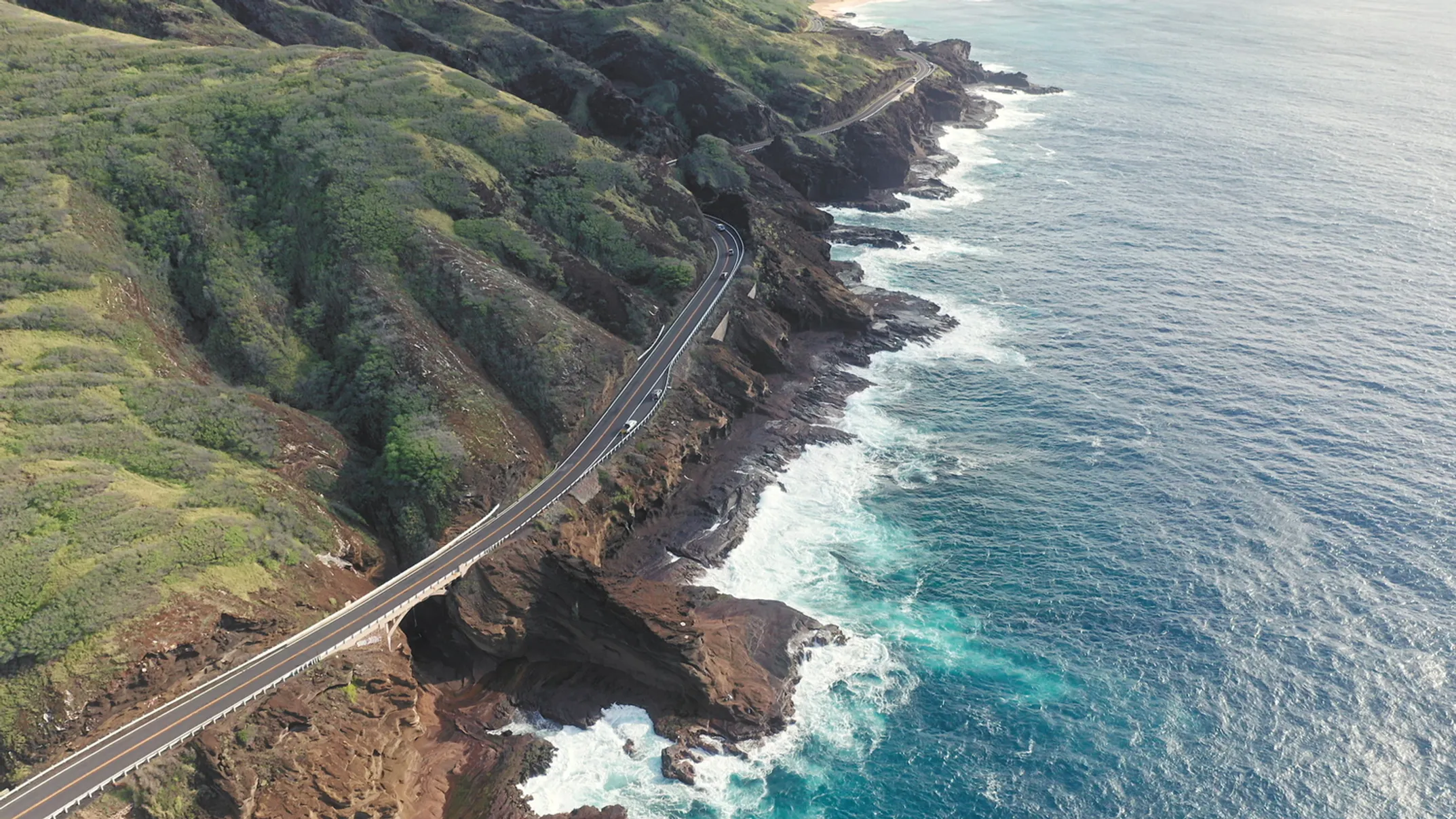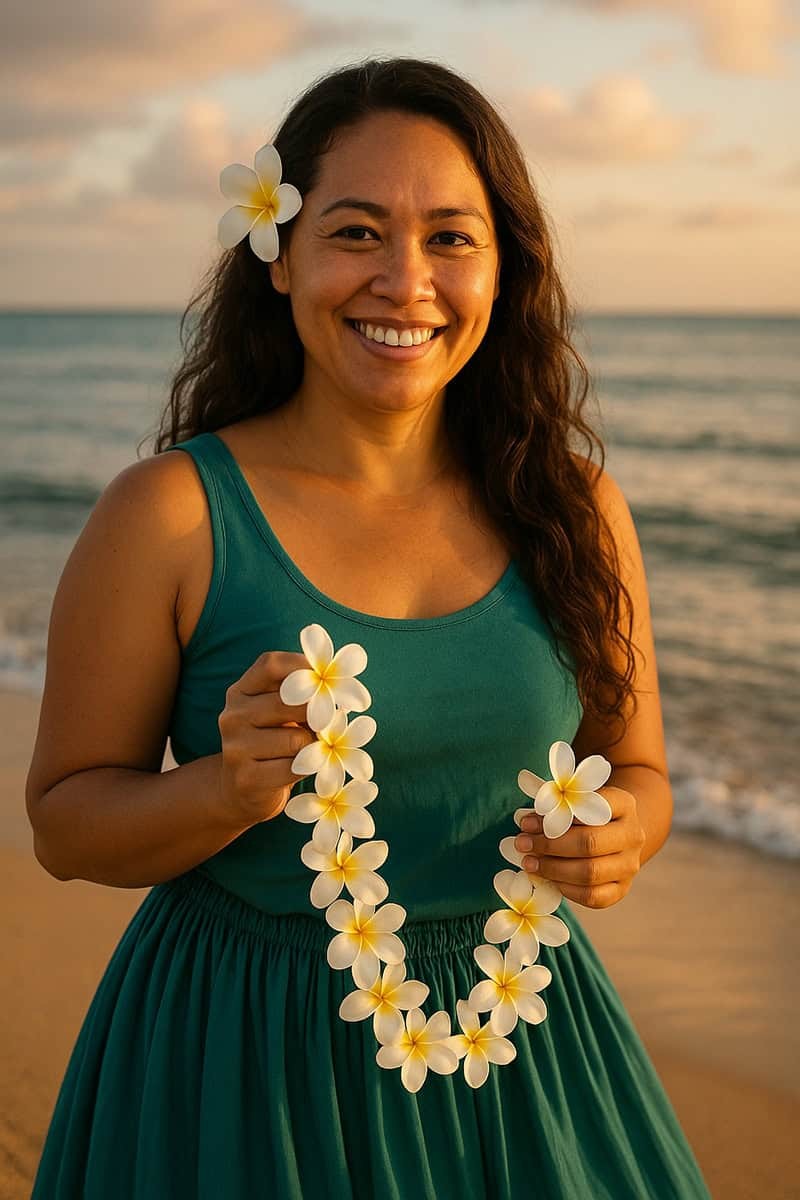

Hawaii's Scenic Drives
A Journey of Aloha and Awe Through Paradise's Most Legendary Routes

Written by a Local Travel Expert
Leilani AkoMore Than a Road, It's a Journey
There's a moment on every Hawaiian road where the rest of the world falls away. It might be when the scent of wild ginger and damp earth drifts through your window on the road to Hāna. Or when the sky opens up over the stark lava fields of Saddle Road, revealing a universe of stars. This is a different kind of driving.
A mainland road trip is often about conquering distance. About getting from point A to point B. Here in Hawaiʻi, the road itself is the destination. It's not a path you conquer. It's a story you enter.
The scenic drives of the Hawaiian Islands are more than just asphalt laid over volcanic rock. They are pilgrimages through living history, sacred landscapes (wahi pana), and vibrant communities that thrive in the shadow of giants. To drive here is to trace the footsteps of kings, to witness the creative fire of Pele, and to feel the deep, grounding pulse of the ʻāina (the land).
The Pono Driver's Handbook: Essential Island Etiquette
Before you turn the key, understanding the local road culture is the most important preparation you can make. Driving with pono—with righteousness and respect—ensures a safe and positive experience for both you and the local community. These aren't just tips. They are the unwritten rules of the road that flow from the heart of the Aloha Spirit.
The Shaka Code
You'll see it everywhere: a pinky and thumb extended, the three middle fingers curled. This is the shaka, Hawaii's most iconic gesture. Its origin is a story of aloha itself, traced back to Hamana Kalili, a sugar mill worker in Lāʻie who lost his three middle fingers in an accident. His unique wave became a symbol, first used by kids to signal that he wasn't around to stop them from jumping on the sugar trains. It eventually evolved into the all-purpose sign of goodwill it is today.
On the road, the shaka is essential non-verbal communication. When another driver lets you merge into traffic, a quick, low shaka out the window is the local way of saying "thank you." It's a greeting to a friend, a sign of mutual respect between surfers, and a general expression of "everything's good." It immediately diffuses tension and spreads aloha. Don't be shy. Embrace it.
The Pace of Paradise
Life moves differently here, and so does traffic. Aggressive driving is deeply frowned upon. Unnecessary honking is considered rude and startling, reserved only for genuine emergencies to prevent an accident. The pace is relaxed. If you find a line of cars forming behind you on a winding road like the Hāna Highway or Saddle Road, the courteous and expected action is to find a safe pullout and let the local traffic pass. Remember, you are on vacation. They are on their way to work, school, or home. Rushing is counterproductive and goes against the grain of island life.
🚗 One-Lane Bridges
Primarily found on Kauaʻi's North Shore and parts of the Road to Hāna. Allow groups of 5-7 cars to cross before yielding to traffic from the other side.
🅿️ Parking with Purpose
Always park in designated stalls and never block driveways or roads. Red means no parking, green indicates short-term parking, yellow/white is for loading.
🚫 Respecting Kapu
The Hawaiian word kapu means forbidden or sacred. If you see "No Trespassing" signs, gates, or fences, respect them. This is deeply important to local families.
🌿 Mālama ʻĀina
The sacred duty to care for the land. Practice "Leave No Trace" principles and choose to explore with intention and reverence.
Explore Hawaii's Most Scenic Routes
From the world-famous Road to Hāna to the celestial climb up Haleakalā, discover the drives that define paradise.
📍 Quick Reference
- Best Time: Early morning
- Average Duration: 2-12 hours
- Rental Car: Standard OK
- Gas Strategy: Fill up first
- Weather: Check conditions
🏆 Most Famous Drives
64 miles, 10-12 hours
37 miles, 2-3 hours
51 miles, 1.5 hours
19 miles, 3-5 hours
💡 Essential Tips
- Start early (7 AM recommended)
- Bring water & snacks
- Use pullouts for photos
- Respect private property
- Check rental car restrictions
Rental Car Realities
A car is essential for exploring the islands, but not all cars are created equal, and not all roads are approved for travel.
📅 Booking
Rental cars are in high demand, especially during peak seasons. Book your vehicle well in advance to avoid disappointment and high prices.
🚙 Vehicle Choice
For the vast majority of drives, a standard sedan is perfectly sufficient. 4WD is only necessary for specific rugged dirt roads like Polihale State Park.
📋 The Fine Print
Most rental agreements prohibit certain roads like Haleakalā's backside, West Maui Circle, and Mauna Kea summit. Violations void insurance coverage.
Critical Note: If you choose to drive prohibited routes, you assume all financial liability for any damage or towing, which can be extraordinarily expensive in remote areas. Always check your rental agreement before departing.

